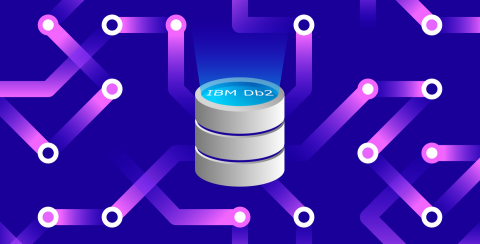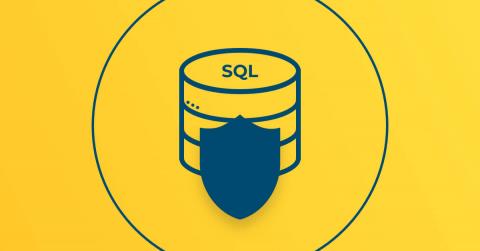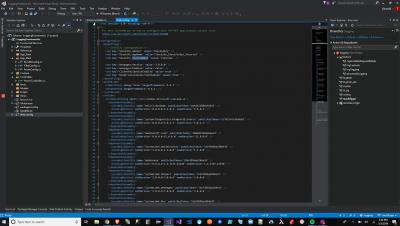10 Ways to Protect Your eCommerce Site From Hacking and Fraud
According to the Hacked Website Report by Sucuri, the number of websites getting compromised by hackers is increasing every year. The damage related to cybercrime is expected to hit $6 trillion by the end of 2020. If you are planning to launch an eCommerce website or already running a successful one, you must have to upgrade the security of your website regularly. Here, I am sharing some useful ways to keep your eCommerce site safe from hackers and fraudsters.











